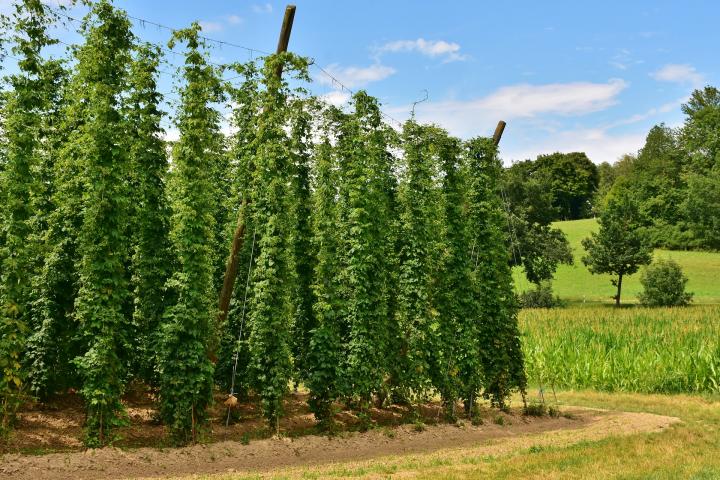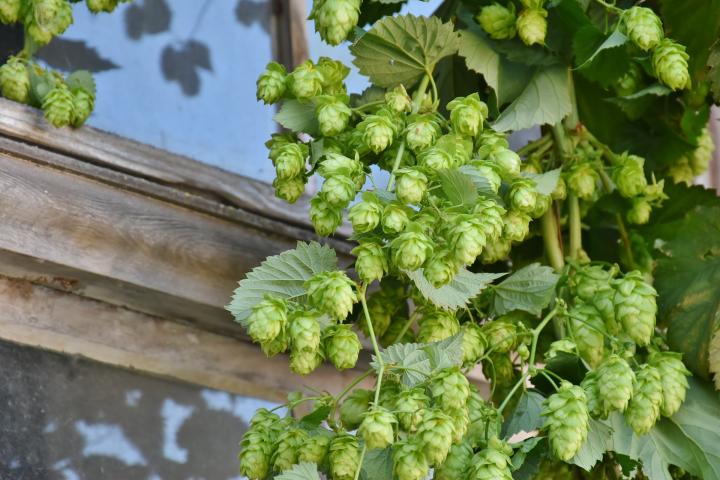Looking to brew your own beer? One key flavoring ingredient is hops, which you can grow in your backyard! Here’s how to plant, grow, and harvest hops at home.
Home brewing has a long history; some anthropologists believe that beer is as old as civilization itself. Brewing was often a sacred ceremony and every culture has stories concerning fermentation and its ability to heal and nourish as well as to inebriate. In Elizabethan times, water was not fit to drink, so beer was the drink of the day.
While hops is the most popular ingredient for the home-brewer, many other brewing crops can be grown at home, including grains, fruit, and flavorful herbs.












Comments